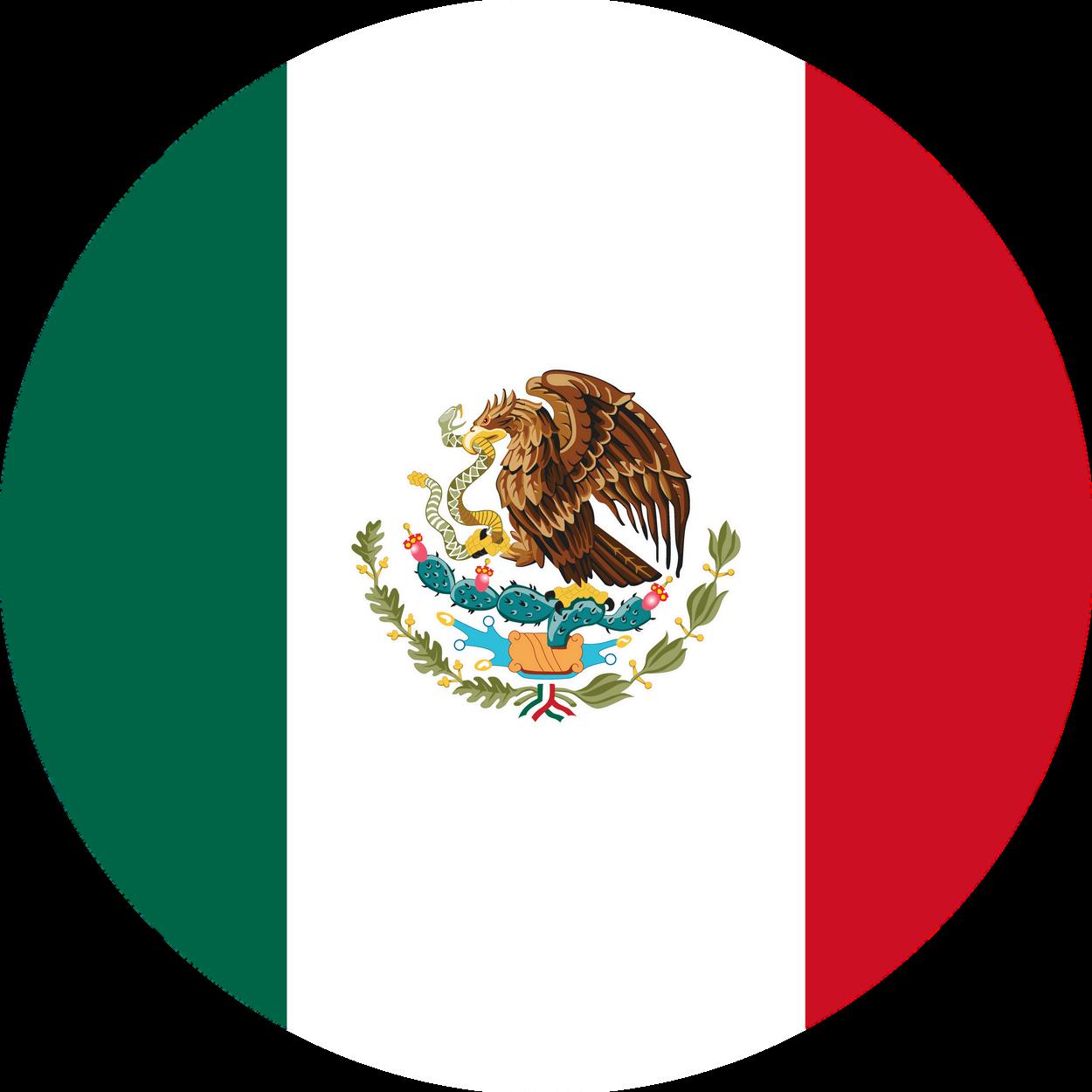

Economic pulse of the Americas: The US-Mexico trade balance in context
In 2024, the US deficit with Mexico in goods hit almost $172 billion. But does that number tell the whole story?
The bigger picture is that Mexico relies heavily on USmade intermediate goods (inputs) that are often components of finished products exported to the United States.
Mexico has historically sourced around two-thirds of imported inputs from the United States, demonstrating robust supply chain integration. 63.7%
reliant is Mexico on US inputs?
BUT WHY DOES THIS MATTER?
Intermediate goods are inputs used to produce final products. The United States is twice as competitive as Mexico in producing intermediate goods, according to WTO data. *


This makes for a natural relationship where supply chains are deeply integrated and where Mexican exporters are reliant on US inputs.
of inputs imported from US (average, 1994-2022) Source: World Bank's WITS * *As defined by their revealed comparative advantage
How is this related to the trade deficit?
Although Mexico has a trade surplus with the United States, Mexico is also the major economy most closely integrated with US suppliers and thus a market for US inputs:
Top ten US bilateral trade deficits in goods (billion USD, 2024) and percentage of total intermediate goods sourced from the US by country (%, 2022)
Source: Trade balance data from the US Census Bureau and intermediate goods trade data from World Bank's WITS. *USMCA Member.
SO WHAT DOES THIS MEAN FOR THE US BILATERAL TRADE BALANCE WITH MEXICO?
Because of the integrated nature of USMCA, bilateral trade balances do not necessarily reflect the US origin of components in products imported from Mexico. Previous estimates show that US inputs could make up nearly 30 cents per dollar of Mexican exports to the United States, although more updated research is needed. What is clear is that no major economy is as reliant on US manufacturers as Mexico.
